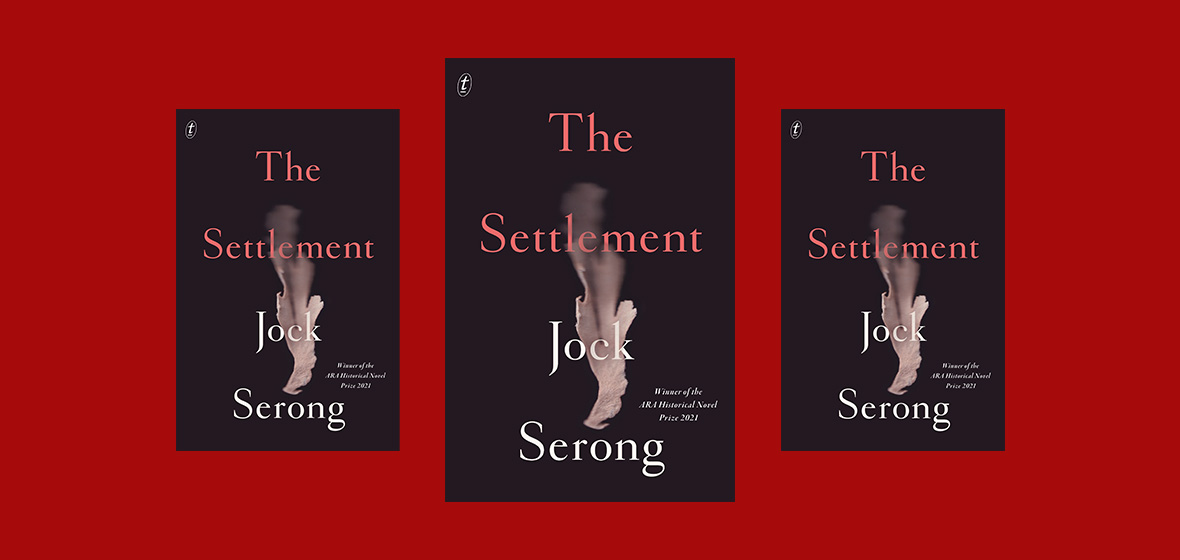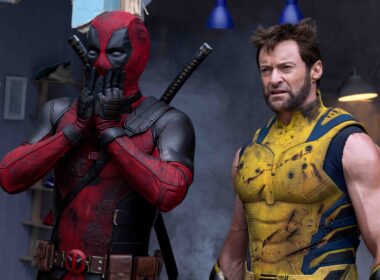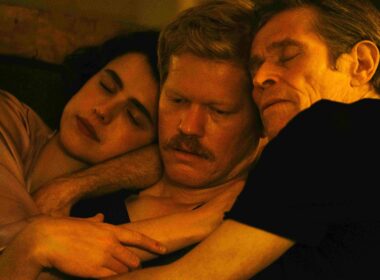Author: Jock Serong
Publisher: Text Publishing
Warning: Aboriginal and Torres Strait Islander readers are advised that this article contains names of people who have died.
Jock Serong is no stranger to the exploration of historical and social issues. His latest endeavour, The Settlement, is a gripping voyage into the heart of colonial Australia’s cruel and tumultuous past, delivering a unique and haunting perspective on the ill-fated Settlement of Wybalenna, located at Pea Jacket Point on the windswept Flinders Island.
The Settlement opens with George Augustus Robinson’s ‘Friendly Mission’ to protect the decimated First Nations of Tasmania from, in his own words, the ‘bad white man’. Enlisting the help of Mannalargenna, the great Pairrebeenne chief, Robinson sought to gain the trust and cooperation of Aboriginal peoples using the promise of protection from violence, access to European goods, and an eventual return to their homeland. Although Robinson perceived his actions as benevolent, his broken promises leave a bitter taste as everything unravels, revealing egregious betrayals of trust and the tragic consequence of people torn from their ancestral homes and marooned, their souls forever ensnared on a desolate isle.
Serong breathes life into excerpts from Robinson’s real journals to weave this deft tapestry of complex characters: the Storekeeper, his marriage crumbling amidst his futile efforts to ease the suffering of the innocent; the Catechist, a chilling embodiment of malevolence within the annals of Australian literature who takes a disturbing interest in the children; the Commandant, who struggles to reconcile his selfish desire to maintain control and order with his commitments to Mannalargenna and his people. You have to admire Serong’s decision to strip the colony’s non-indigenous characters of their names, known only by their role in the settlement, as it forces you to inhabit the world through their eyes. You helplessly watch on, longing for a sense of agency, as you witness the atrocities faced by the settlement’s indigenous captives, most notably the orphans, Whelk and Pippy, and the broken chief Mannalargenna.
While Serong’s retelling provides a powerful narrative and thought-provoking insight into the moral complexities of colonisation paired with religious reasoning, it occasionally falters in pacing, leaving you yearning for a more fluid transition between the historical context and the character-driven drama. However, this is not why I consider The Settlement a challenging read; it’s the confronting nature of the story, tethered to true events. There is hope to be found, though, like in two instances of resistance powerfully illuminate the relentless struggle against oppression and provide some catharsis. The events depicted in this novel may be a sad chapter in our history, but they highlight resilience and survival in the face of colonial oppression.
The Settlement serves as a poignant reminder of the brutal realities of Australia’s colonial history and the unforgivable displacement of First Nations people, the effects of which we still see and feel today, 235 years later. Many of the settlers of Wybalenna looked the other way, but nothing is stopping us from working to right their wrongs. Do yourself a favour and pick up this book; I am glad I did.




